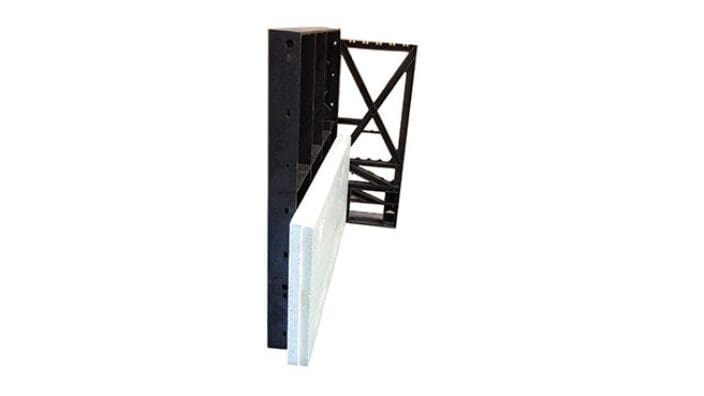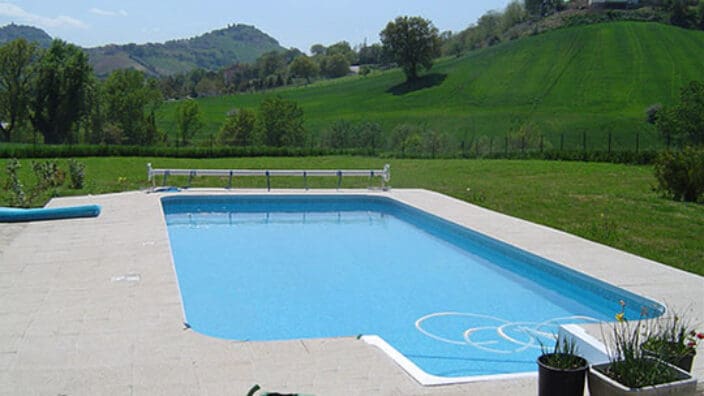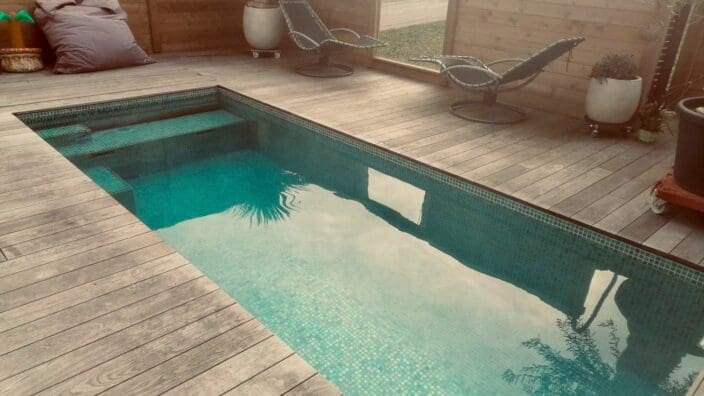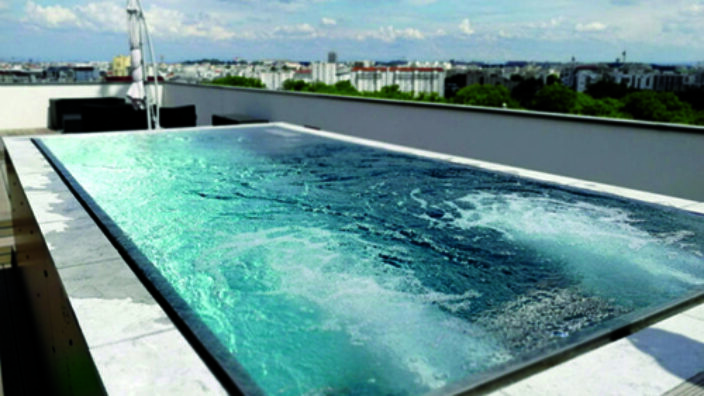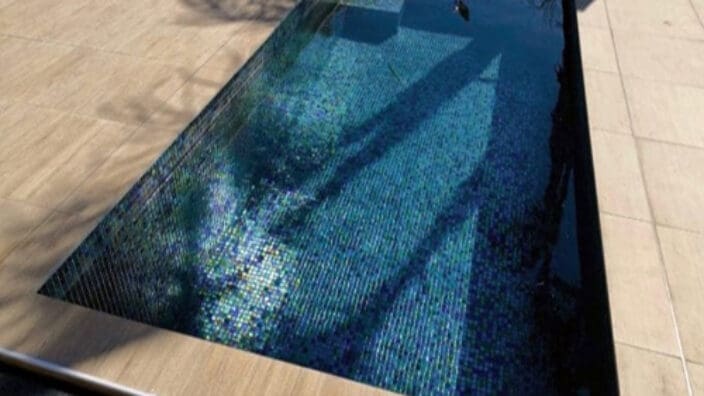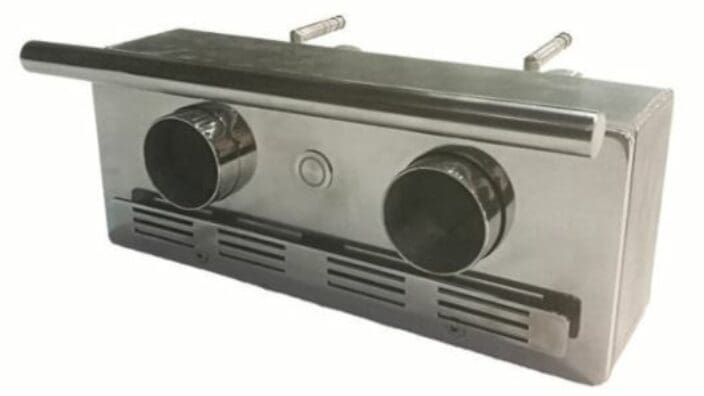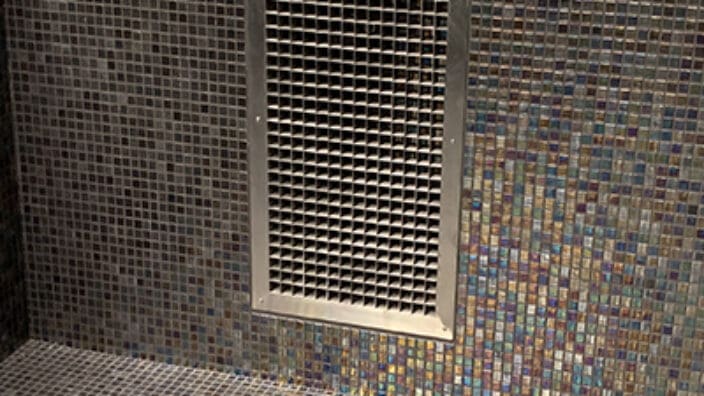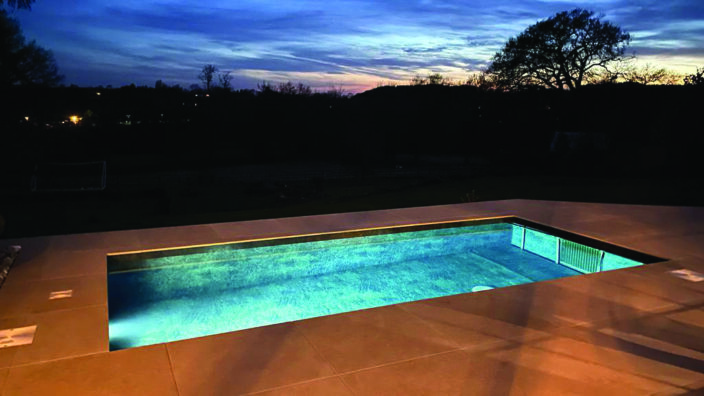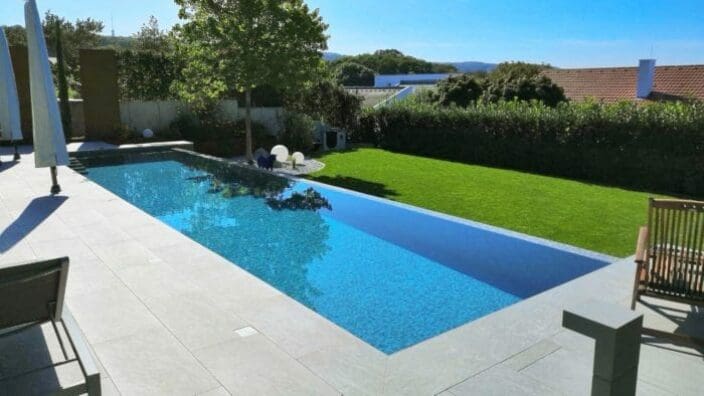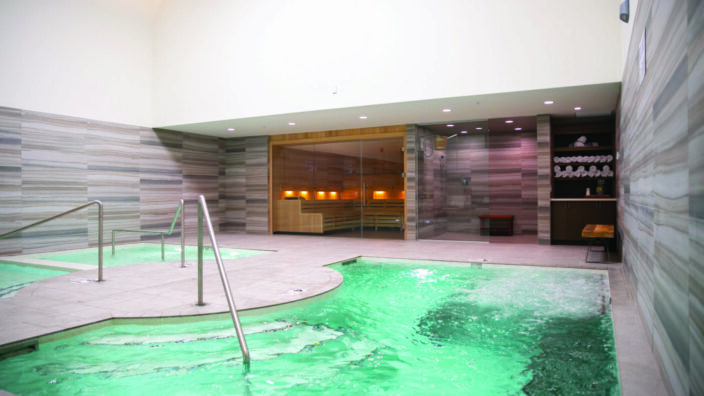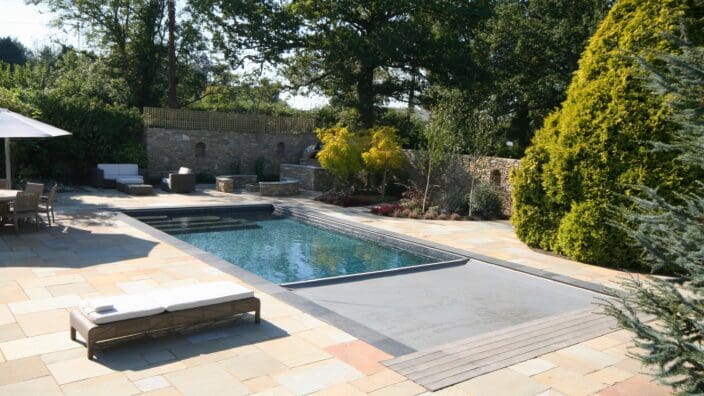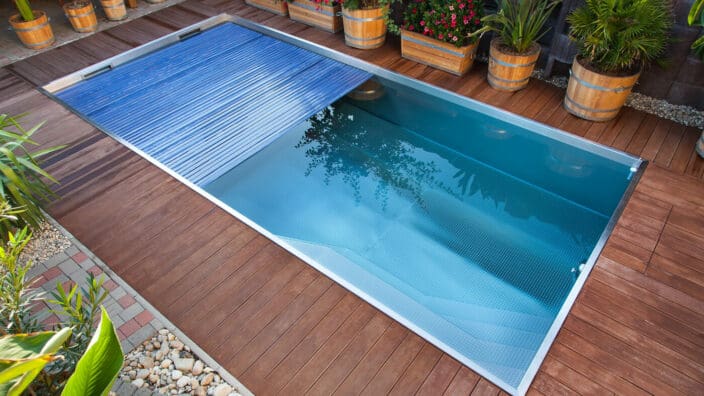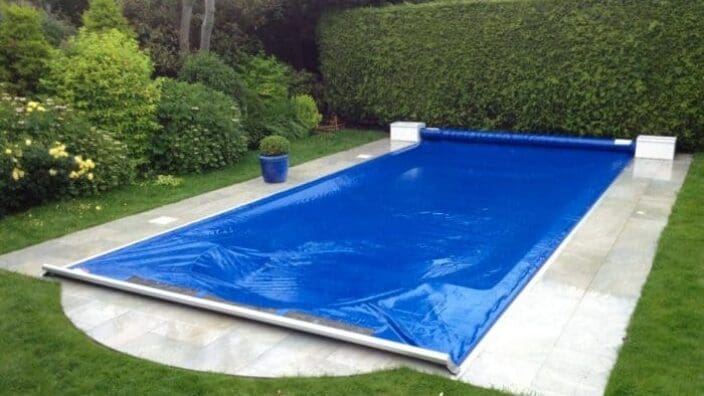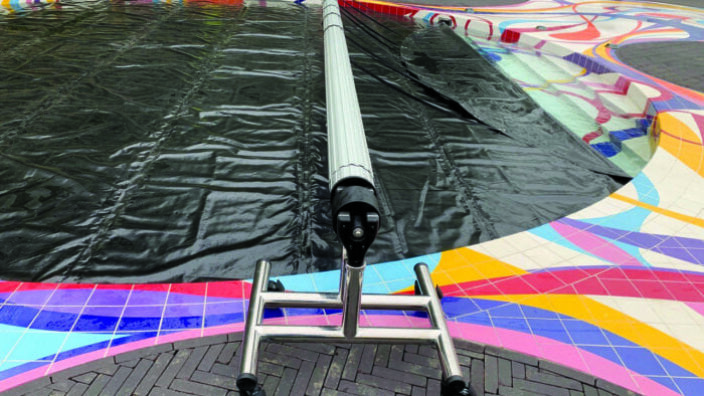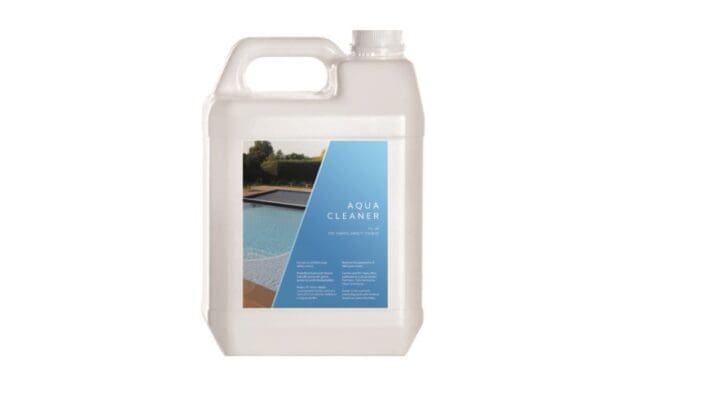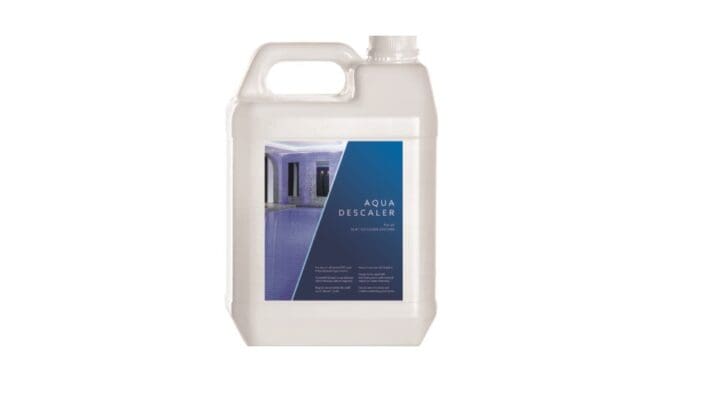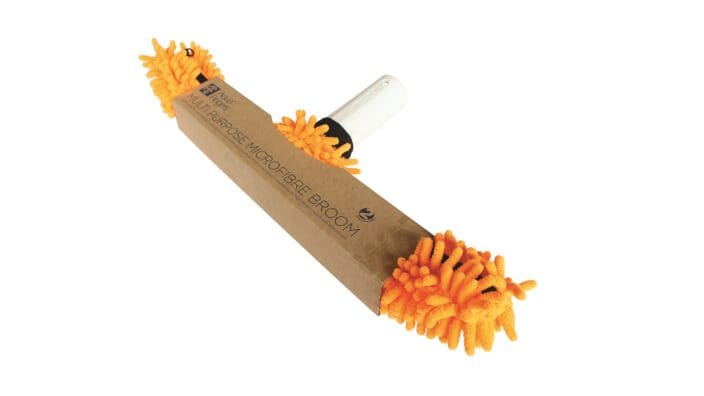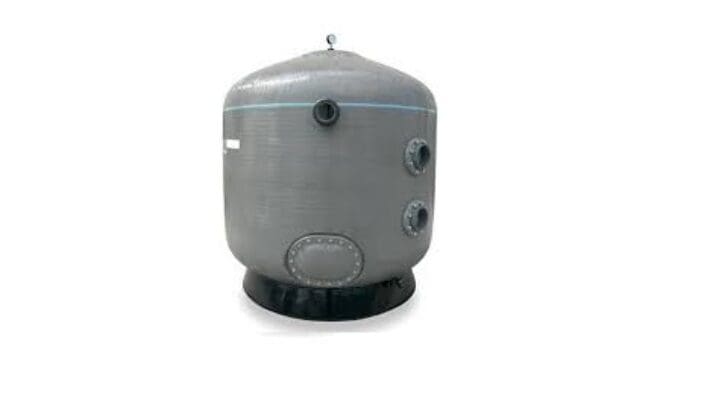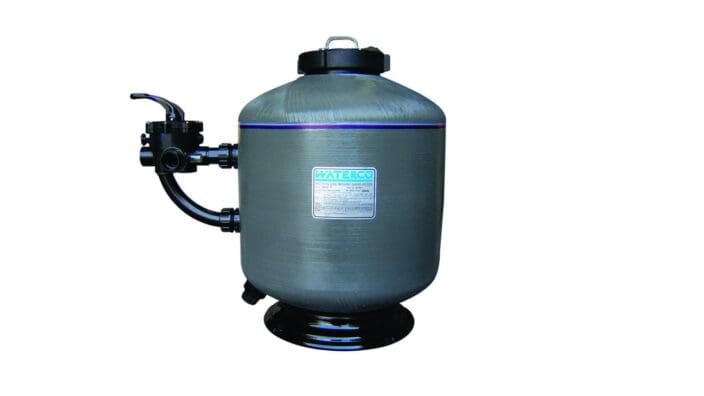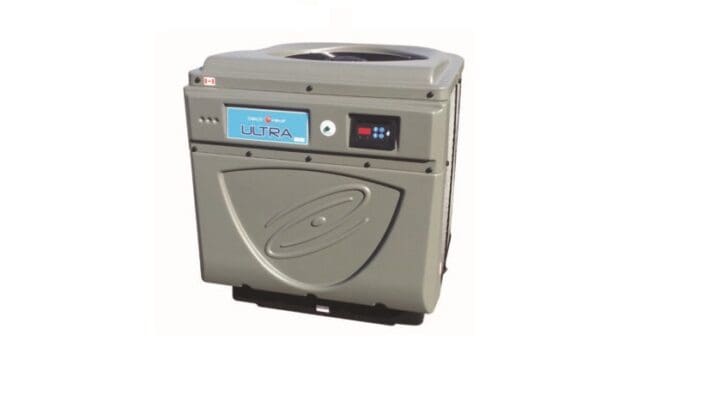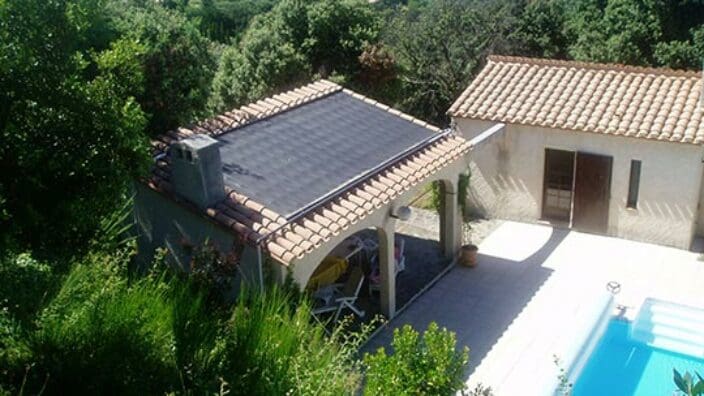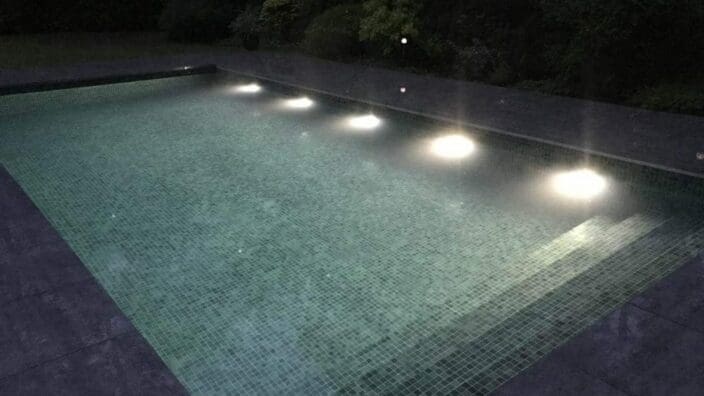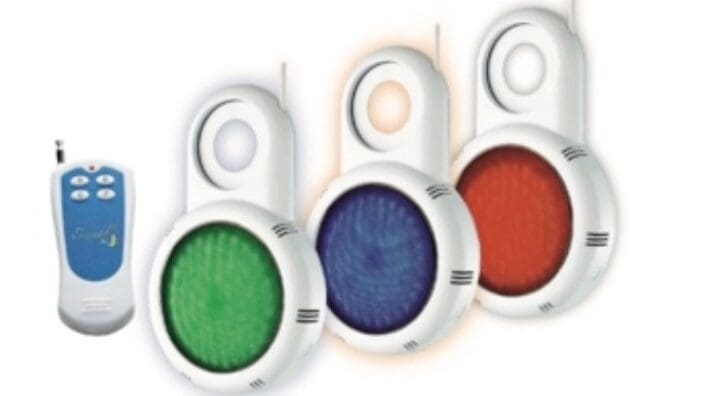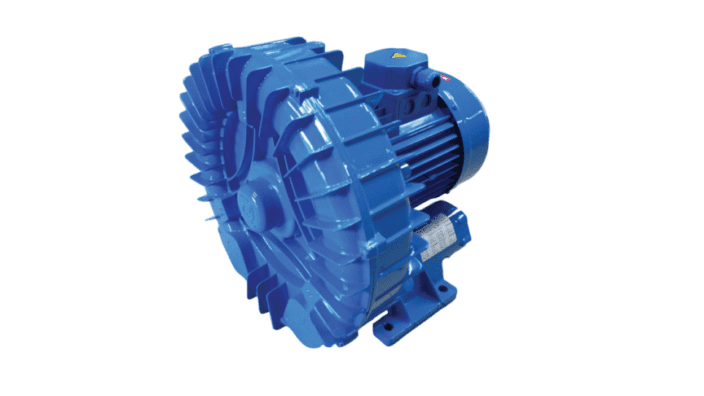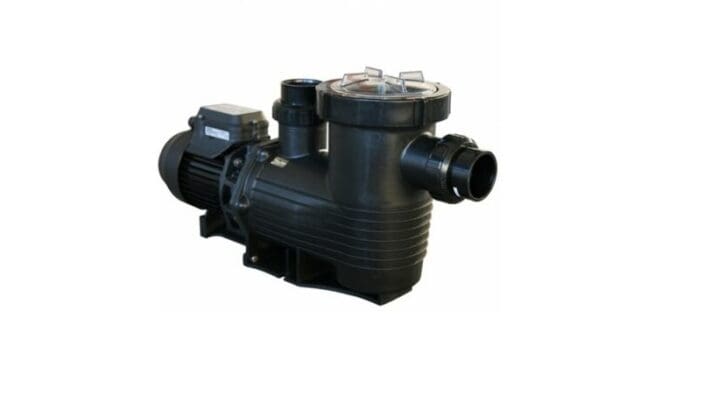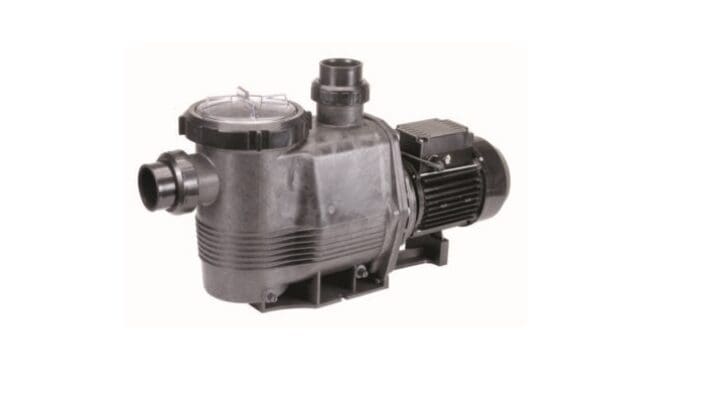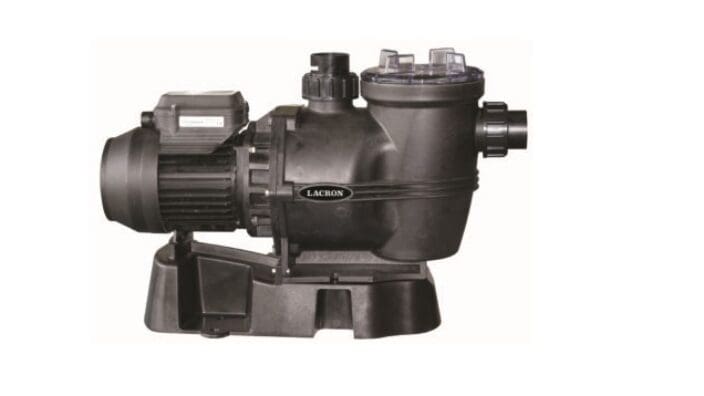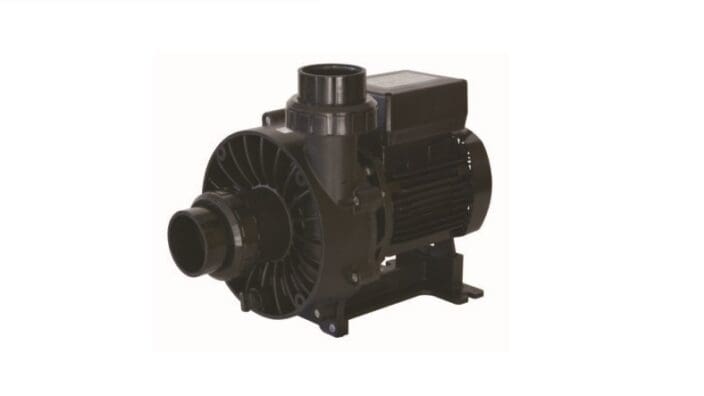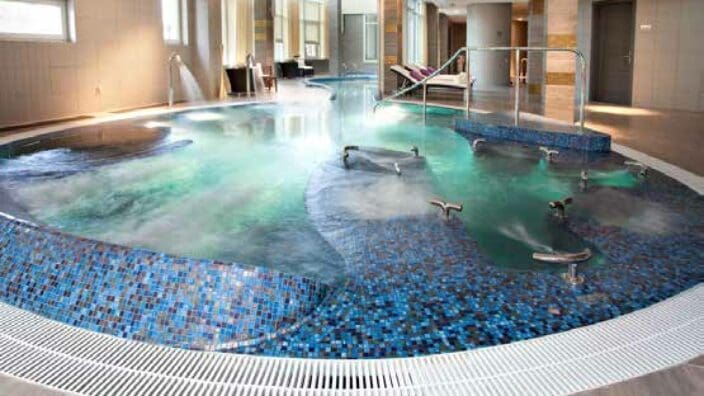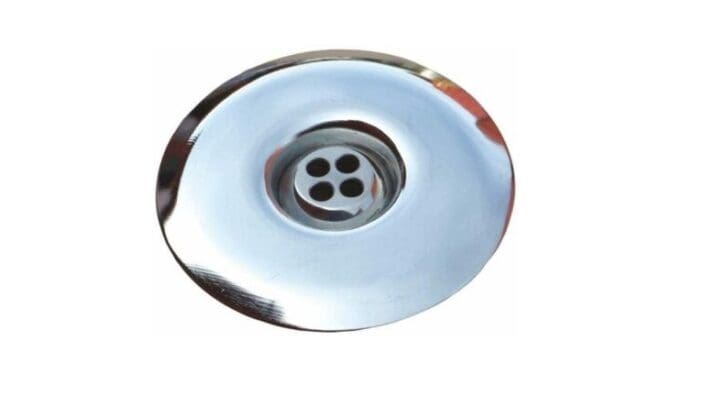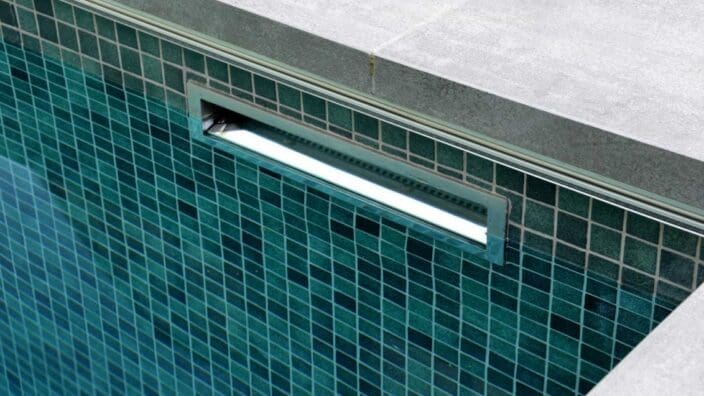Heat-Pump Early/Late Season Advice
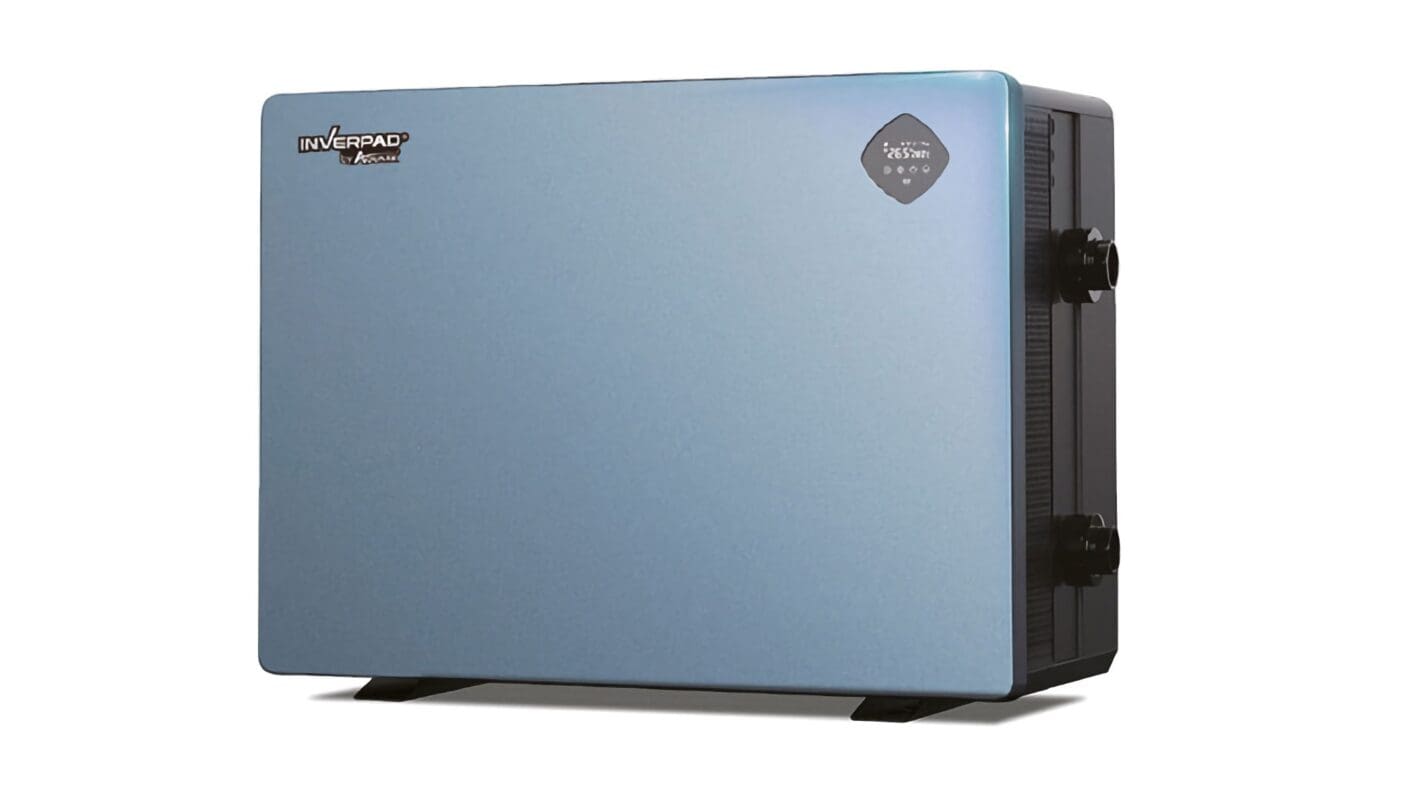
WHEN TO TURN ON OR OFF YOUR HEATER!….EARLY/LATE SEASON RUNNING ADVICE
Any heat pump will produce heat but it is the amount that it produces is severely affected by the ambient air and pool water temperature. It is very important that you operate your heater at realistic temperatures to obtain the desired temperature at the right economic cost.
EARLY SEASON
We recommend that heat pumps are only operated when the ambient air temperatures are in excess of 15deg C. If you decide to operate the heater below this temperature or at night your running costs may rise exponentially.
It is our advice to run the heat pump 12 hours per day. If a plumbing bypass (recommended) has been installed, we suggest that until the water temperature has reached 21 deg C that only 60% of the water flow is passed through the heater – please see below diagram.
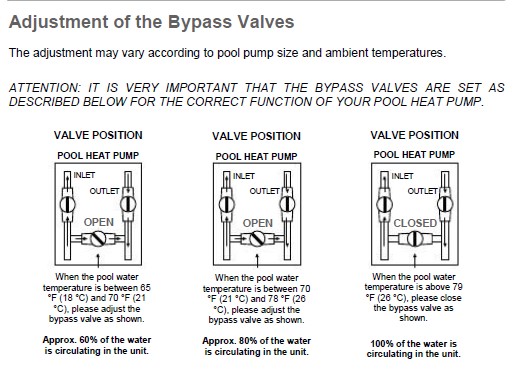
LATE SEASON
Heat pumps with ‘ambient defrost function’ – these heaters will generally run through to mid September. When the ambient air temperatures drop lower than 10 degC you may find that ice starts to form on the outside of the unit. If this happens, the heater will defrost itself by using the ambient air temperature to melt the ice. Once melted, the heater will switch back to heating mode and will repeat the defrosting sequence should ice reappear. We would advise caution operation a heater in low ambient temperatures as this may prove to be uneconomic.
Heat pumps with ‘hot gas defrost function’ – these heaters will generally run much later into the season. Any ice that forms is removed due the hot refrigerant being reversed thus enabling heating mode to be restarted more quickly. Again, caution should prevail. If the temperatures are so low that the heater is continually in ‘defrost mode’ then it may prove uneconomical or your desired temperature may not be achieved.
INDOOR POOLS– providing the pool water temperature remains constant (26degC +) your heat pump will be able to maintain good temperatures. However, if the pool water temperature drops too low this will affect the refrigerant head pressures and you may find that a back-up heater is required to get the pool back to the desired operating temperature.
